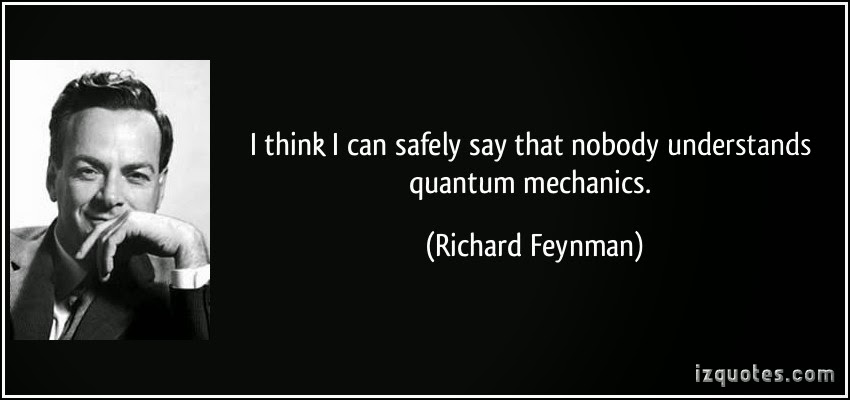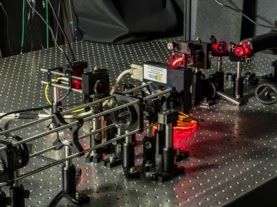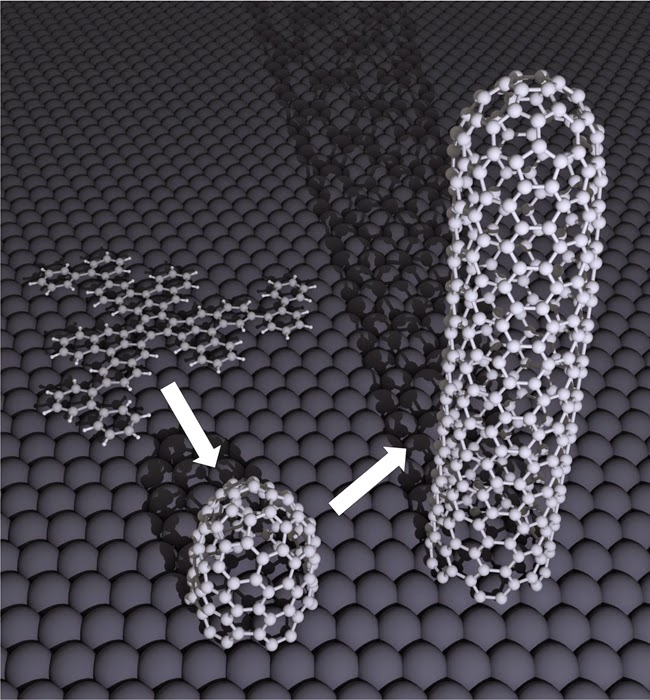 Herman Lowe had less than an hour to live. The District Attorney was wearing his best suspenders and stove pipe pants. His Stetson top hat and drink sat on the table before him. His date Marissa, a shapely woman half his age with her plump build encased in a corseted dress with petticoats, snuggled up next to him; his arm about her shoulders.
Herman Lowe had less than an hour to live. The District Attorney was wearing his best suspenders and stove pipe pants. His Stetson top hat and drink sat on the table before him. His date Marissa, a shapely woman half his age with her plump build encased in a corseted dress with petticoats, snuggled up next to him; his arm about her shoulders.
The Pretender was his getaway. A spot where no one knew him. Even better, it wasn’t a nightclub his wife or her girlfriends frequented.
He kissed Marissa wetly on the lips and winked, “Be right back, sugar. I gotta pay my water bill,” scooted his considerable girth out from behind the booth and sauntered to the gentlemen’s room.
Herman pushed the swinging door open into a restroom lit by oil lamps, and walked over to a stall. As he relieved himself, he reflected pleasantly over his last courtroom win. He’d managed to convince a jury that the accused, Sonny Peters, had swindled fifty folks out of their life savings with a bogus gold-mining investment scheme.
It was a difficult case. Over the years Sonny had used a plethora of different names and disguises. But Lowe’s barristers, under his tutelage, had pieced together Sonny’s paper trail and turned it into hard evidence.
Another victory. Ten years and I’ve only lost three cases. Could be Monterrey is ready for its first Black mayor. Herman Lowe, Monterrey’s first Black District Attorney, was a man who believed in firsts.
He buttoned his fly, pulled the chain to flush the toilet, and walked across the bathroom to the basin to wash his hands. Lowe poured water from a vase into the washbasin, and picked up one of the towels beside it to dry his hands.
The door swung open, and he looked up but no one came in. Herman shrugged and finished drying his hands.
The temperature in the room suddenly dipped from seventy to forty degrees. Lowe felt a suffocating claustrophobia, as if he were being forced inside a coffin. He clutched the towel, breathing hard, his heart thumping. By now it was so cold he could see his exhaled breath. Footsteps echoed over the bathroom tiles, slow and measured. They stopped just beside him.
A plume of breath floated toward him. With a cry of terror, he bolted for the door. And a shadow blocked his path.
****
Lowe’s rich ebony skin had faded to a sickly gray. That was the first thought that came to the detective’s mind, as he stared down at the body. Curtis Dubois fingered the toothpick in his mouth. He was a lean, muscular man, his skin the color of brown-sugar, with close-cut hair and dark eyes. He sported a mustache over his full lips, and his youthful face belied his thirty-two years.
The blood-spattered corpse on the bathroom floor, was all that was left of District Attorney Herman Lowe. He was the third victim. The first victim, Xavier Wolf, a Native American banker, had been found dead in Pandora’s box, a brothel. Paul Potts, a Black school principal, was discovered on the floor of the Rat Pack Casino.
Curtis’s partner, Harold Polanski, a lanky White man with green eyes, tussled black hair and an aquiline nose, shook his head ruefully. “Poor bastard.”
Four other constables their blue suit-coats with bronze buttons, steeple caps, and watches-chains, setting them apart from the homicide detectives, were questioning The Pretender’s patrons—those who hadn’t fled as soon as they heard the law was coming—looking for clues of who’d killed Lowe.
A constable joined them in the bathroom holding Lowe’s ID. “Found this in his pocket. Doesn’t look much like him now, does it?”
Copyright Valjeanne Jeffers All rights reserved. Cover art and design by Quinton Veal.
Available now at: www.vjeffersandqveal.com
Amazon Kindle and Print
Barnes and Noble Nook













